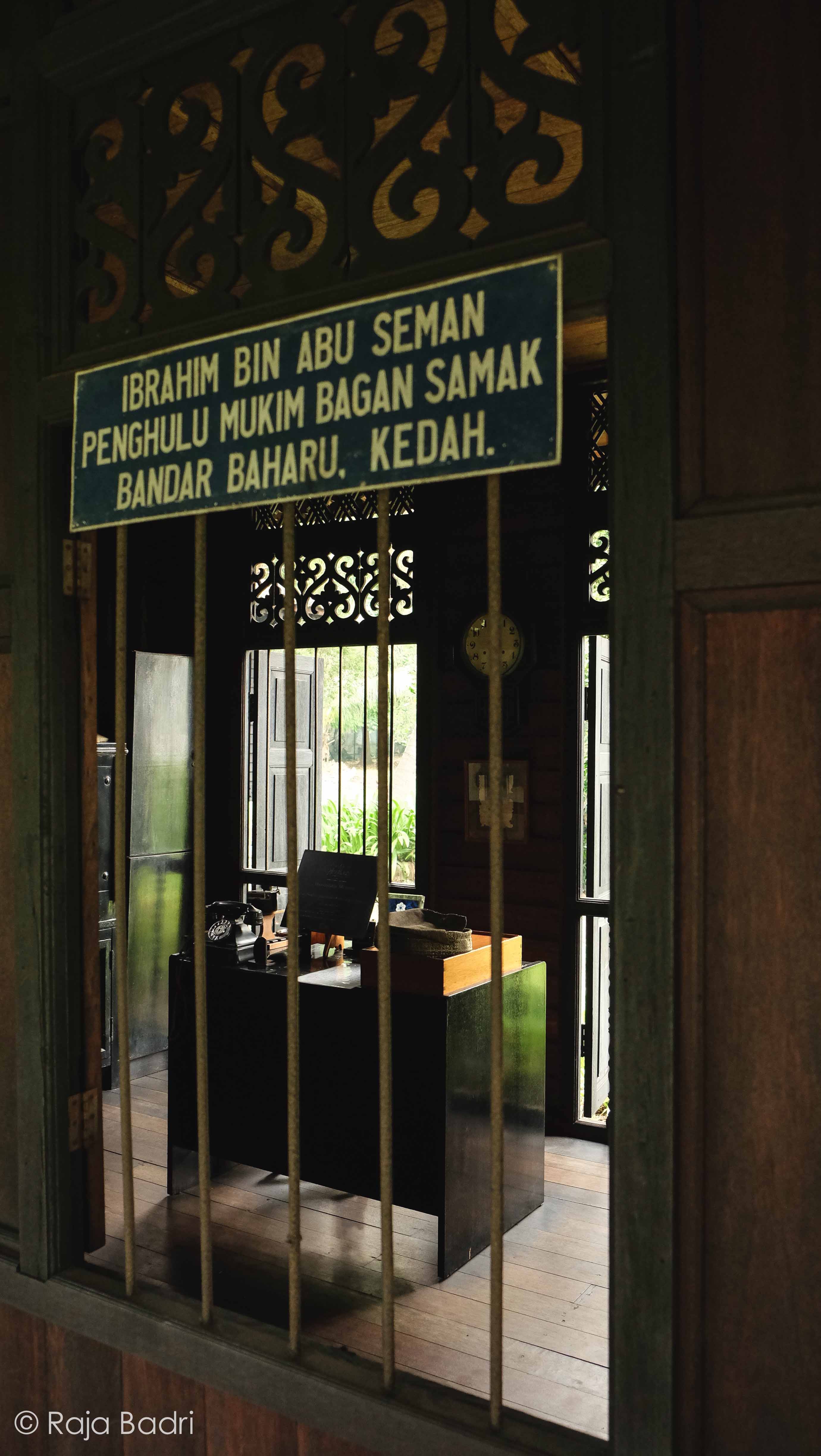
Happy Campers Picture of The Week – Fishermen of Chowara 2
April 15, 2015
Happy Campers Picture of The Week – Sunset At Sea
April 28, 2015
For nearly 30 years, Badan Warisan Malaysia (The Heritage of Malaysia Trust) a national heritage NGO has been leading the heritage conservation in Malaysia. A task that may not known to many but undeniably plays a vital and important role in promoting conservation and preservation of our historic buildings and places.
Located in the heart of Kuala Lumpur, BWM has undertaken various building conservation projects and one of them is located right next to their headquarters in their very own compound.

A Malay Traditional House called Rumah Penghulu Abu Seman which was relocated from its original location in Kedah to its current location in Kuala Lumpur
Honestly, if you are not looking for it… this traditional Malay House could go unnoticed despite it being in the middle of the bustling city of Kuala Lumpur. Surrounded by tall concrete buildings, this traditional Malay House is known as ‘Rumah Penghulu Abu Seman’.
The story has it that this house was once owned by a local village headman, a Mr Abu Seman in Kedah (a northern state in Malaysia) back in the early 1920s. This house was specially chosen for restoration by the BWM for its unique 3-part architectural house design ie the Rumah Ibu (Mother House), Dapur (Kitchen) and Balai (Main Hall) of which was built in phases at different time periods.
Like most traditional Malay houses, this house is built on stilts with the area below the house used as a gathering or working place. Rumah Ibu is the main and first part of the house to be built. It is said that usually the Rumah Ibu will be built facing west ie the Qiblat, the direction Muslim faced when they pray.
 Like other malay houses, the kitchen area is built slightly lower than the Rumah Ibu and has its own separate stairways entrance.
Like other malay houses, the kitchen area is built slightly lower than the Rumah Ibu and has its own separate stairways entrance.
 Although the house was built in the 1920s, for restoration purposes BWM has furnished the house with 1950s furnishing.
Although the house was built in the 1920s, for restoration purposes BWM has furnished the house with 1950s furnishing.
The balai was the last part of the house to be built by Penghulu Seman in 1930s. Most malay houses doesn’t have a balai, however as the village headsman, the balai serves as a place like an office where people can come to see him to resolve any domestic matters.
So how did this house arrive in KL?
When Penghulu Abu Seman passed, his son took over but then there were no male heir to further continue the inheritance and eventually the house remained vacant for years.
BWM bought the house from the family in 1995 and the restoration project began. The house was dismantled and reassembled to its current location 2 years later.
Another interesting fact about this house was found when the restoration project began. Most traditional malay house will have a key pillar known as ‘tiang seri’ of which the house is built upon. At the foundation of this ‘tiang seri’ was found a 1916 coin which was placed when the house was first built, further proof showing the age of the house. Thus, to commemorate the restoration a 1996 one ringgit coin was placed together with the original Straits Settlement 1916 coin back at the ‘tiang seri’.
If you are already staying in Kuala Lumpur, the easiest way to get to BWM is via taxi and the nearest monorail is the Bukit Bintang station.

















